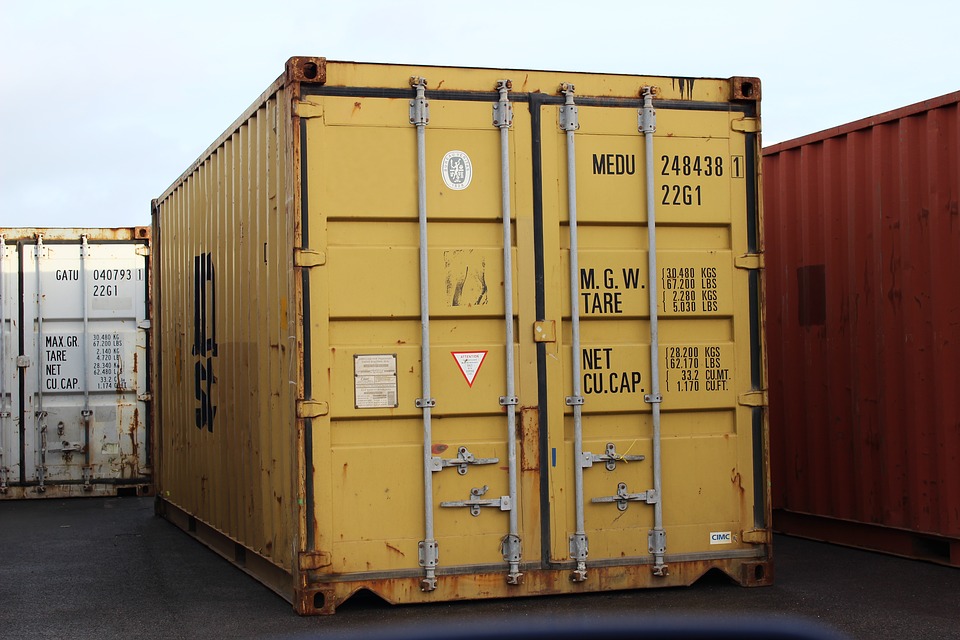We’ve received this question perhaps more than any other. ‘Just how safe is a tornado shelter?’ While complete protection from the unknown might sound like a cheap marketing gimmick, the proven results speak for themselves. When installed correctly, any above-ground or belowground tornado shelter is virtually impervious to these killer calamities that can strike anywhere in our country. Despite what Hollywood might have you think, tornadoes aren’t running people down in broad daylight in ‘Tornado Alley’ either. Invariably, most people killed in tornadoes succumb to blunt force trauma and head injuries. In other words, these unfortunate victims didn’t seek out protection in a timely manner.
Don’t Wait for The Tornado Sirens to Blare. Invest in Steel Protection Today
Complete protection from killer tornados starts today. By the time you hear of impending doom playing out local forecasts, your chances of finding adequate protection are slim to none. Even with advances in modern forecasting, meteorologists can only give residents a few minutes head start in the face of killer tornadoes. Your home’s tornado shelter should be located in a centralized location that can be easily accessed by the entire family.
Why settle for an inferior knock-off from roadside dealer or ‘Big Box’ store?

When the tornado warnings began to shriek on April 27, 2014, a Vilonia, Arkansas woman sought refuge in her home’s above-ground shelter. Like any sensible person who lives in an area frequented by severe weather, she made the practical decision to invest in a tornado shelter. Unfortunately, her shelter wasn’t up to code. When the storm clouds finally parted, rescue personnel found the woman dead inside her shelter. But how did this happen? Aren’t these shelters designed to withstand the impact of killer storms? Just how safe is a tornado shelter? Following a forensic investigation, authorities discovered the woman had died from brunt-force trauma. While her tornado shelter was built to withstand wind impacts of 250 mph, her shelter door wasn’t manufactured to withstand the brutalizing forces of a tornado. In many ways, a tornado shelter’s door is just as important as the steel gauge panels that hold the unit together. If your shelter’s door isn’t properly secured, your efforts to outsmart Mother Nature are futile as wind-blown debris is sure to find its way into your unit. Each U.S. Safe Room is designed, engineered and manufactured to the rigorous standards set forth by the Wind Institute at Texas Tech University. Our shelters’ doors are also built to withstand direct shots from airborne projectiles. Don’t believe us? Check out the video below!
Rely on Superior Engineering and Building Practices in Selecting Customized Tornado Shelter

Speaking of inferior knock-offs, there is another peril in protection we should apprise you of. Thanks in part to reality TV shows on doomsday prepping or tiny homes, many storm weary folks have made the unfortunate decision of choosing a shipping container tornado protection in lieu of traditional protection. While these ready made storage lockers may come with an attractive price tag, your decision to submerge a storage locker as an underground could certainly approve disastrous. Shipping containers are designed for shipping materials, not for burying below ground as a bunker, nor are they water-tight, leaving much to be desired for any long-term safe room considerations. Pressure from dirt and a lack of adequate support or truss systems can cause sunken containers to buckle and crumple like sardine cans from both the side and the top. The containers, leaving much to be desired for waterproofing, will also leak, creating many internal concerns and health risks for storage materials, with mold and mildew.
Water can also lead to corrosion and further lessening of the strength of the unit. Compounded with the effects of poisonous fumes, shipping containers used as underground shelters can be easily transformed into coffins for those you care for the most, and those you’re trying your best to protect. Spending long periods of time in a shipping container can take a tremendous psychological toll on someone, as well. A true bunker is designed with many considerations including ventilation and storage, and fully accessorized bunkers can include water storage, plumbing, wiring, and electrical components to create a safe space that won’t create more stress.






